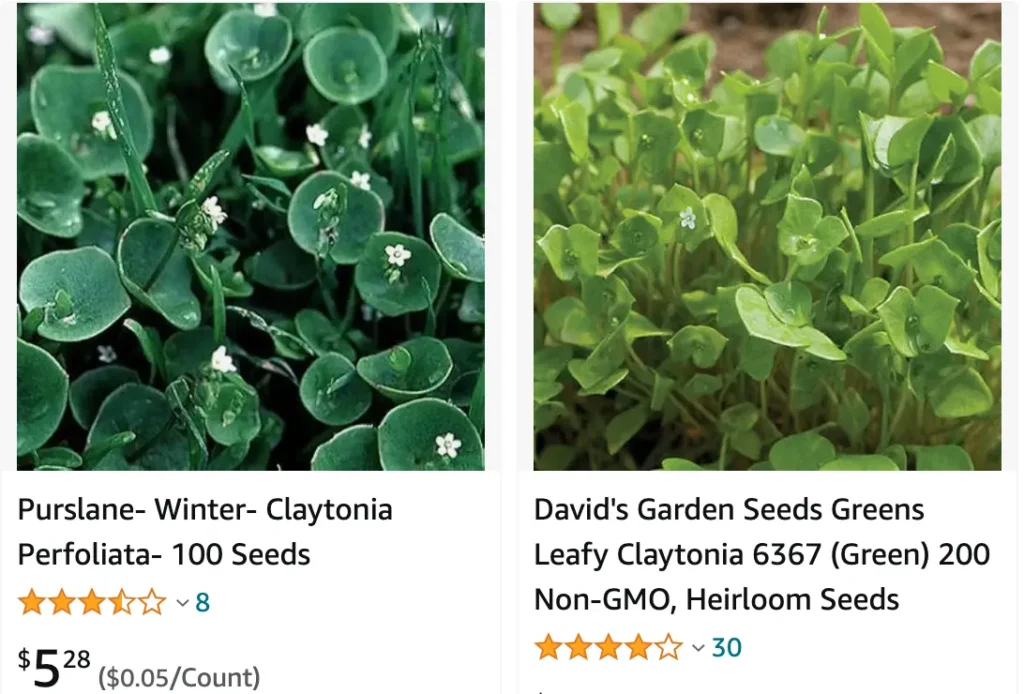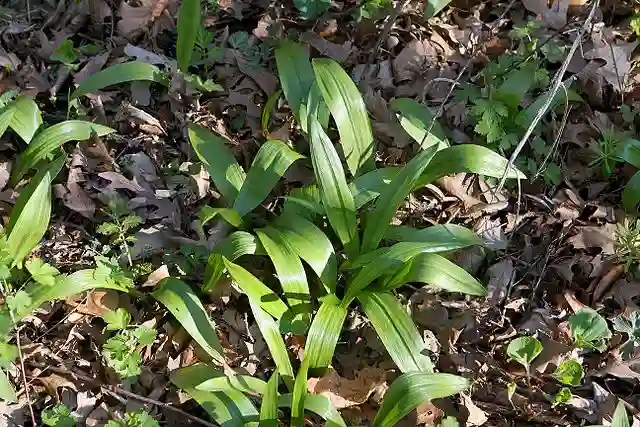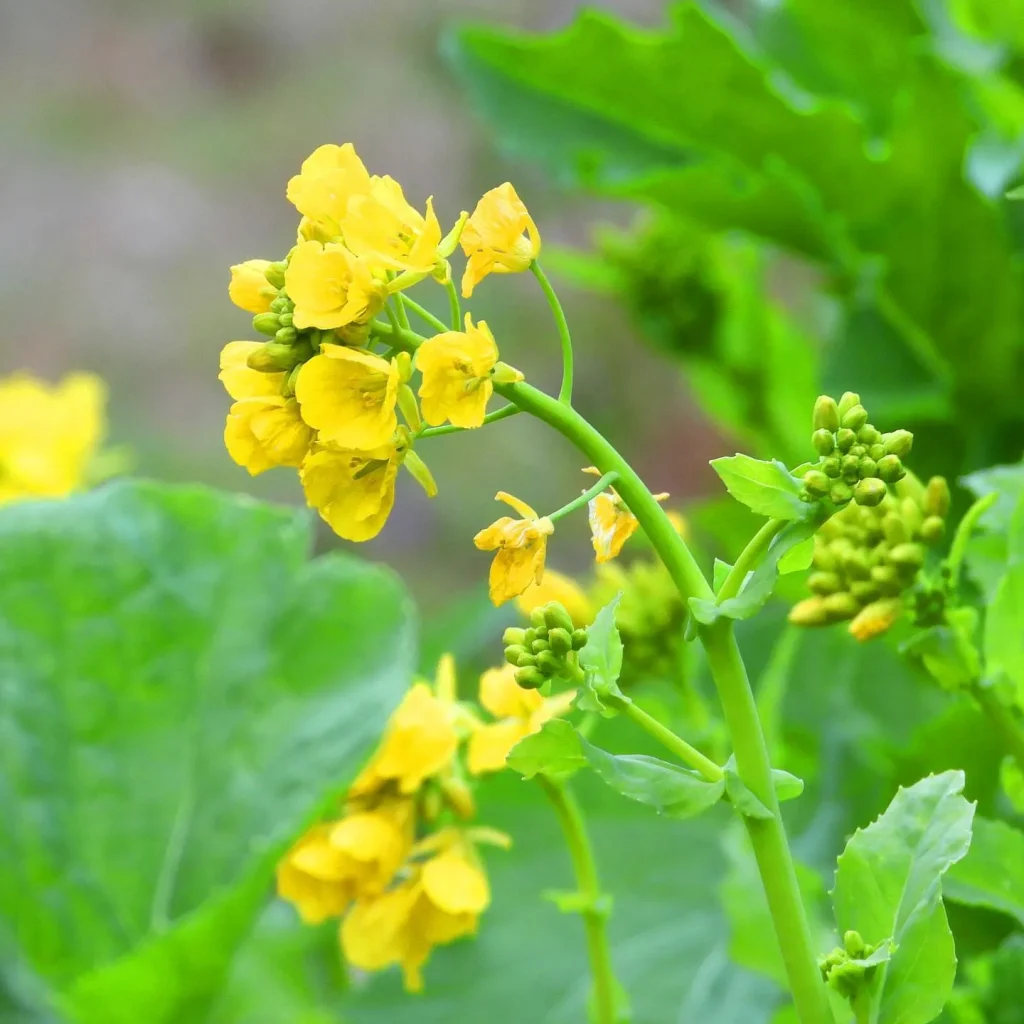
Claytonia Perfoliata: A Delicious Little Wildflower (And Miner’s Secret Weapon)
I’m Ferb Vu, and I spend a lot of time outdoors. Whether I’m foraging for wild edibles or simply hiking through the woods, I’m always on the lookout for interesting plants. One that frequently catches my eye is Claytonia perfoliata, also known as miner’s lettuce, Indian lettuce, or spring beauty.
This little wildflower has a lot to offer, and I often get questions about it. So, I decided to put together a quick FAQ to share what I’ve learned.
33 Species in Genus Claytonia
What is Claytonia Perfoliata?
Claytonia perfoliata is a low-growing, herbaceous annual plant native to western North America. It thrives in moist, shady areas and is easily recognizable by its round, succulent leaves that clasp the stem, creating a unique perfoliate structure (hence the name).
Is Miner’s Lettuce Edible?
Absolutely! Miner’s lettuce is a delightful edible wildflower. The leaves have a mild, slightly nutty flavor that adds a refreshing touch to salads, sandwiches, or even stir-fries. Early miners used it as a source of vitamin C to combat scurvy on long expeditions, hence the common name.
What Does Miner’s Lettuce Taste Like?
The taste of miner’s lettuce is often compared to spinach or lettuce, with a hint of nuttiness. It has a crisp, refreshing texture that adds a delightful dimension to salads.
How to Identify Miner’s Lettuce?
Identifying miner’s lettuce is relatively straightforward. Look for a small, low-growing plant (around 12 inches tall) with round, succulent leaves that clasp directly around the stem. The leaves are typically smooth and hairless, with a bright green color. In spring, it produces small white flowers with five delicate petals.
What to Forage For?
The best part of miner’s lettuce for consumption is the leaves. Look for young, tender leaves for the best flavor and texture. Avoid older leaves that may be tougher or slightly bitter.
When to Harvest Miner’s Lettuce?
Miner’s lettuce is a cool-season plant and thrives in the spring and early summer. The ideal time to harvest is when the plant is young and the leaves are small and tender. You can usually start foraging for it as soon as the snow melts and continue until the weather gets hot.
How to Harvest Miner’s Lettuce Sustainably?
As with any foraged food, practice sustainable harvesting methods. Only take what you need and leave plenty behind for the plant to reproduce. Use scissors to snip off individual leaves, or carefully harvest the entire plant if it’s small, leaving the roots intact to allow for regrowth.
Can You Grow Miner’s Lettuce at Home?
Yes! Miner’s lettuce is a surprisingly easy plant to grow in your own garden. It prefers cool, shady locations with moist soil. Sow seeds directly outdoors in late summer or early fall for a spring harvest. Alternatively, you can start seeds indoors a few weeks before the last frost and transplant them outdoors once the danger of frost has passed.
Is Miner’s Lettuce the Same as Purslane?
While both miner’s lettuce and purslane (Portulaca oleracea) are edible wild plants, they are not the same. Purslane has thicker, fleshy leaves that are more oval-shaped compared to the round leaves of miner’s lettuce. Purslane also has small yellow flowers, while miner’s lettuce has white flowers. Both plants have a slightly different taste, with purslane offering a more tangy flavor.
Is Miner’s Lettuce the Same as Spring Beauty?
Yes, “spring beauty” is another common name for Claytonia perfoliata. The delicate white flowers that bloom in spring contribute to this moniker.
Conclusion
Claytonia perfoliata, or miner’s lettuce, is a versatile little plant that offers a delicious and nutritious addition to your diet. Whether you’re a seasoned forager or simply looking for a unique addition to your garden, miner’s lettuce is definitely worth exploring. So, next time you’re out in the woods, keep an eye out for this delightful wildflower. You might just discover a new favorite ingredient!
If i die, water my plants!



